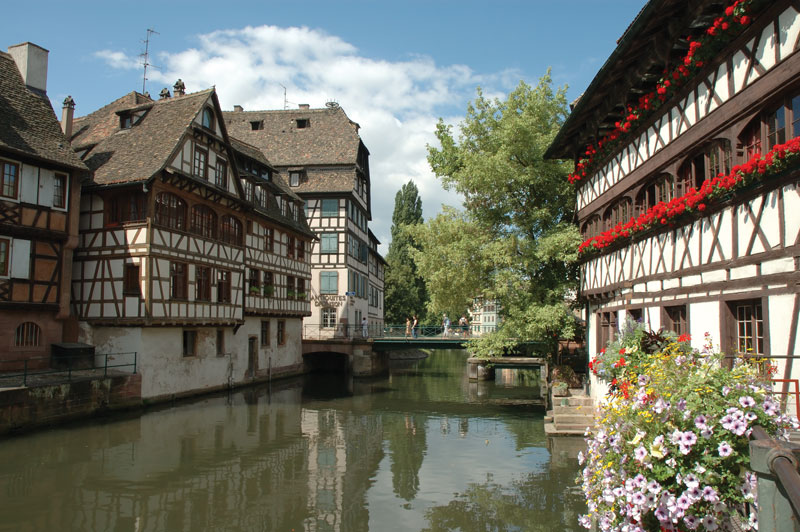Blog Post
Travel tidbits from 2019
By Jonathon Van Maren
Once again, my work has taken me on the road every month in the past year for speaking engagements on abortion, pro-life strategy and apologetics, and other largely depressing subjects. I’ll admit that by year’s end, I’m more than ready to stay home and read books for a couple of weeks. The hectic pace of airports, Ubers, hotels and host homes can get tiresome. But travelling obviously has its perks as well—especially for a history buff–and I thought I’d mention just a few of them from this past year.
Earlier this fall, arriving in Manitoba to speak at the Life’s Vision banquet, I discovered that my hosts were actually related to Winnipeg’s most famous son, Louis Riel. I was staying with Tim and Louise, and Louise is the great-grand-daughter of Riel’s younger brother Joseph—a portrait of him hangs in their kitchen. Among other priceless artifacts, Louise has handwritten documents from Louis Riel, who was hanged for his role in the Red River Rebellions on November 16, 1885.
It was, incidentally, the 134th anniversary of Riel’s execution on the very Saturday I was speaking, and so after my presentation on assisted suicide, Tim took me to the cemetery, where a ceremony of remembrance was underway. Men and women in traditional Metis garb clustered around Riel’s final resting place, surrounded by the ancient gravestones of other titans of Manitoba’s history, including those of Jean-Baptiste Lagimodiere and Marie-Anne Gaboury, the first white settlers to settle in the West. It was cold, but as the ice floes inched down the river just across the road from the cemetery, I was reminded that history is always much closer than we realize.
In the spring, when I had the opportunity to speak in the Netherlands, I met with representatives from several European pro-life groups from Switzerland and Austria. As my wife and I headed from my meeting in Zug back to Alblasserdam before flying back to Canada, we stopped for the night in Strasbourg, France. The city just happened to a convenient halfway mark, but as I had a few hours I checked to see there was anything to visit nearby. I discovered that Saint-Nicholas Church, where John Calvin preached in 1538, was a short half-hour walk from the hotel. It was while preaching here that he worked on the second edition of his Institutes, and married his beloved Idelette.
In October, when I had the opportunity to speak in Vienna at the March for Life, I headed for a day to Bratislava, the capital of Slovakia. It is a small but stunning city, with a magnificent square (which features an enormous column commemorating victims of the plague), St. Martin’s Cathedral, the church where nearly twenty kings and queens were crowned, and the massive Bratislava Castle looming over it all, dating originally from the 9th century. As I walked through the cobble-stoned streets, I spotted a poster pinned to the side of a centuries-old church building, featuring a group of beautiful children running through a meadow, their faces alive with joy. It was an advertisement for the recent March for Life in Slovakia—which had been attended by over 50,000 people.
Wherever I travel, I meet those who refuse to be swept along with the ugly ideologies of the times, and choose defiance and resistance instead.
For me, these brief pauses are always a good reminder that despite our tendency to believe that our times are uniquely wicked or uncertain, there is nothing new under the sun. In many ways, we are extraordinarily privileged in a fashion that our forebears would have found unfathomable. We have our challenges to face and evils to conquer just as they did, and the coming generation will no doubt have theirs. In Bratislava, I stopped to browse in a little antiquarian bookshop, and spotted a plaque next to the door as I was leaving, noting that it had been begun in 1847 by one Sigmund Steiner. Beneath that date, an addendum: “This memorial plaque is also in memory of sixteen members of the family who died in concentration camps in 1942-1944. May their souls be bound up in the bond of everlasting life. Remember and never forget!”
As always, remembering is the honor the living pay to the dead, with a promise and a prayer that we will strive not to make the same mistakes. We will have mistakes all our own to account and atone for.








